Today we invite you to take a look at a small page of the African Art course and discover the Yoruba people and their fascinating culture and spirituality.
The Yoruba people
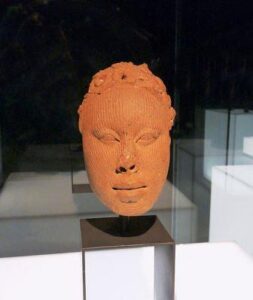
Terracotta head, (Ife), 12th-15th centuries, Nigeria.
One group is emphasized among the literature concerning African history for the civilization and material culture it created, for its spirituality, for its massive presence in the African diaspora and for the ethnic importance it still holds today: the Yoruba people.
The kingdom of Ife
At the roots of Yoruba civilizational development was the kingdom of Ife, economically dominant until little just before the arrival of the Portuguese, after which it divided into smaller kingdoms.
Ile-Ife, the capital and today still a sacred center for pilgrimages, was founded around 500 BCE south of the Nok Culture region.
Historically, the Yoruba came from the north and took the city from the Igbo people.
African art – from rock art to modern era
Online course
One interesting link between Ife and the iron cultures of the Niger is the importance of Ogun, god of iron and metallurgy in Yoruba culture.
A divinity taken to the American continent, carried in the spirituality of African slaves, still present today in Afro-American religions from north to south of the continent.
Yoruba spirituality
This people spirituality is complex, full of gods, the Orishas, with an oracle system and a concept of Asè meaning the primary energy that sustains life.
Wooden sculptures of Orishas and other sacred figures like the Ibeji (twin figures) are part of the Yoruba artistic body of work.
Wood sculpture representing Eshu, Yoruba, Nigeria, 1880-1920
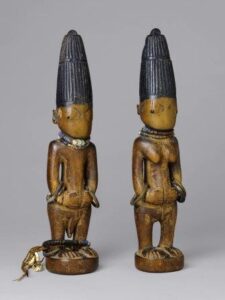
Ibeji Figures (twins), Yoruba, Nigeria, 19th-20th centuries, Brooklyn Museum.
The city of Ife-Ife
The Yoruba creation story begins in Ile-Ife, the city founded by the creator himself, Olodumare, and the birthplace of civilization where the gods, the Orishas, inhabited before creating their own cities.
The city was governed by an Oni (king), divine representative on earth. Other Yoruba cities were governed by kings named Obá.
These figures were distinguished by their clothing and accoutrements of which the most important symbol of power were the cone crowns decorated with glass beads, as well as other accessories such as necklaces, glass bead veils and sculpted sceptres.
Bead crown, Nigeria, 1890-1928
Art at Ife-Ife
Among all Yoruba cities, Ile-Ife was always the most opulent.
The city was surrounded by a defense wall, containing several temples dedicated to various Orishas, buildings and paved roads.
But its greatest treasure was its art.
In addition to the terracottas produced during the first millennium, excavations conducted in the 1930s revealed an artistic tradition dated from 1100 to 1400 CE composed by magnificent cast copper and bronze busts.
The works, commissioned by the city’s Oni, represented local figures of authority and were executed with great naturalism slightly idealized to confer the figures with the attributes of divinity.
These portraits were so skillfully and technically exquisite that German archaeologist Leo Frobenius, who excavated them, considered them proof of the existence of Atlantis.
That Africans created these artworks did not even occur to him.
Bronze head, Ife, Nigeria, 12th-15th centuries
Masks
Masquerades were also central to Yoruba culture and spirituality.
Read the post - Picasso african influence
These were male performances organized within ‘secret’ societies with participants wearing head masks (on top of the head) while performing different social groups.
In Gelede Society, men pay tribute to women, performing in two types of costumes, one representing the older and wiser woman, and the other the younger and fertile girl.
In Egungun Society, men pay tribute to the hunter.
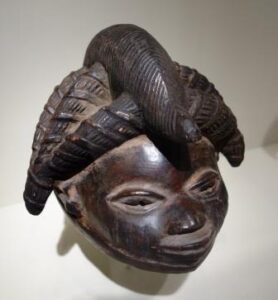
Gelede mask, Nigeria, ca. 1950, wood and pigment traces. Cincinnati Art Museum
Artistic production at Ife stopped in the 16th century when the city lived through internal strife and constant Muslim invasions. But its artistic tradition had already sprung throughout Yoruba land and beyond.

Manuela Tenreiro
PhD in History of Art at the School of Oriental and African Studies, I specialized in Arts and Cultures of the African Diaspora in 2008. Previously, I obtained a bachelor degree in visual arts and photography from San Francisco State University, while working as a docent at Diego Rivera’s Pan-American Unity mural (City College). Creator, editor and translator of the online publication conTRAmare.net while residing in Brazil between 2008 and 2017, I collaborated in various editorial and art education projects, as a writer, translator and researcher. In Rio de Janeiro, I attended Literary Translation courses and the Advanced Program of Contemporary Culture at the city’s Federal University. In 2017, I returned to my hometown, Lisbon, where I manage a private art studio with women artists and develop projects writing and translating art history projects.
African Art – Online course
PART 1 – Rock Art
- Rock Art
- Blombos Cave: Humanity’s first art studio
- San art in South Africa
- The Pygmy Schematic Art Zone and the Sandawe ‘Island’
- Nigerian Rock Gongs
- When the Sahara was Green
PART 2 – First Civilizations
- First Civilazations
- The First Urban Centers of the Nile
- The Formation of Egypt
- Kingdom of Kush
- Iron made Cultures of the Niger
- The Expansion of Bantu people
PART 3 – Islam and Christianity
- Islam and Christianity
- Axum and Christian Ethiopia
- Eastern Christianity in Núbia
- The Expansion of Islam in North Africa
- Islam in the Swahili Coast
- Catholic Kongo and the Portuguese
PART 4 – Africa in Modern Era
- Africa in Modern Era
- West African Empires
- Bantu Kingdoms and Cultures
- Islamic Sultanates and the Kingdom of Ethiopia
- From the Cabinet of Curiosities to the Natural History Museum
- The Influence of African Art in Modern Art

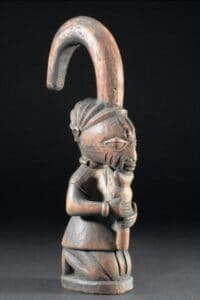
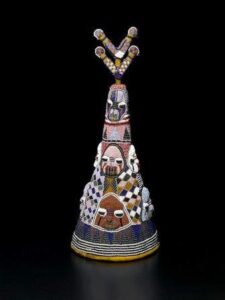
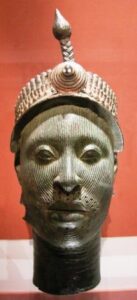
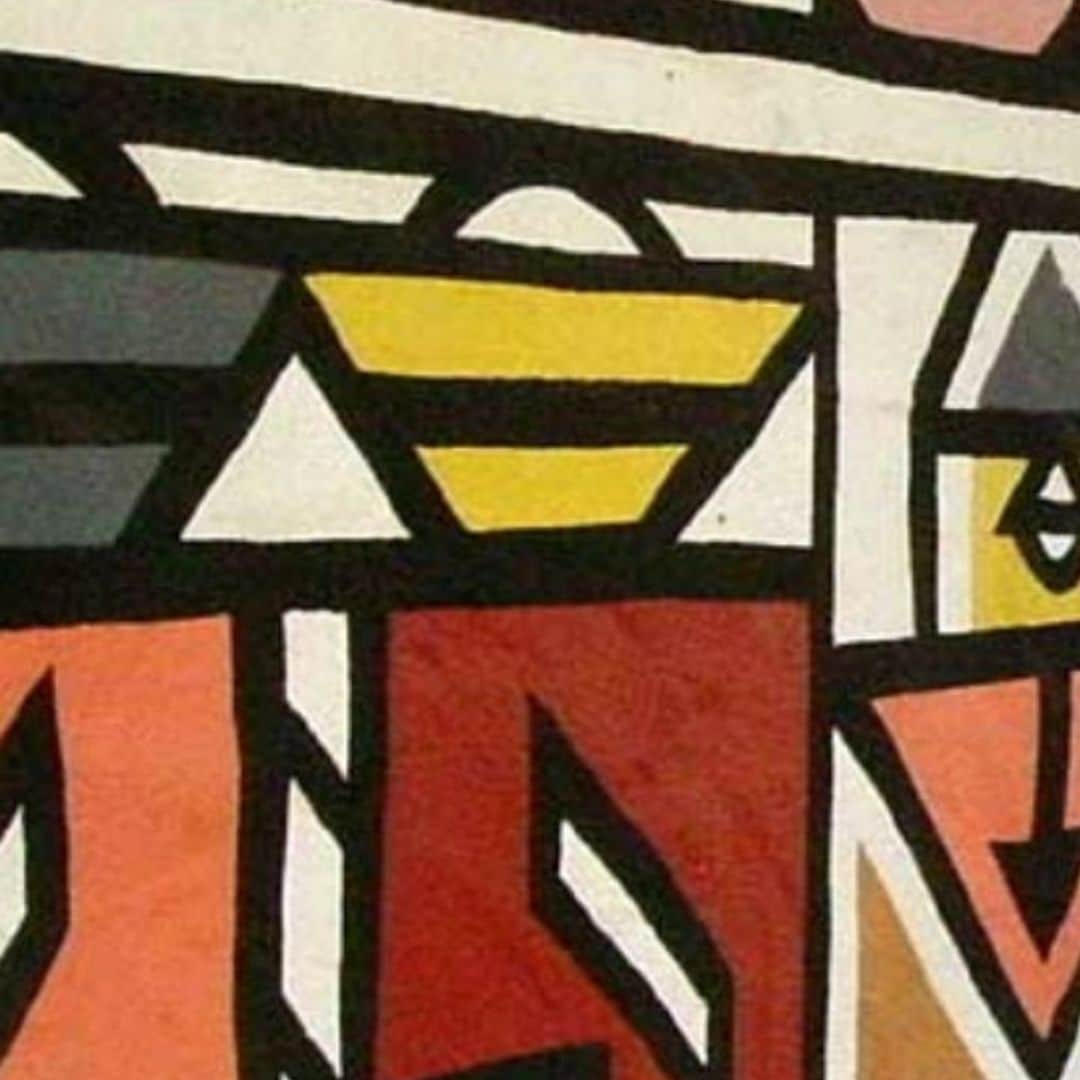
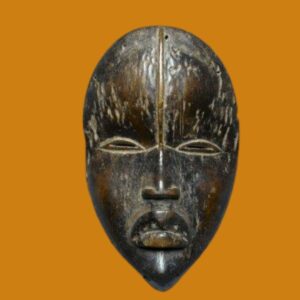
2 Comments.
Great amazing things here. I?¦m very satisfied to look your article. Thank you so much and i’m looking ahead to contact you. Will you kindly drop me a mail?
I have recently started a site, the info you offer on this site has helped me greatly. Thank you for all of your time & work.